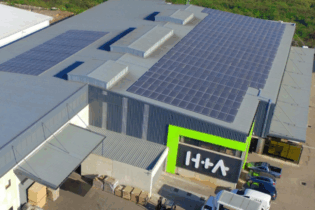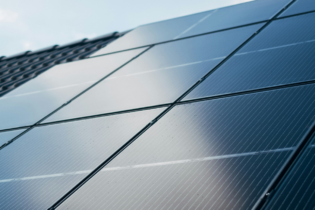Electricity Minister Kgosientsho Ramokgopa has announced his department’s intention to expand and prolong the rooftop solar incentive program. This extended initiative will encompass equipment such as inverters and batteries as integral components.
During a recent media briefing on the status of the Energy Action Plan, Minister Ramokgopa credited the improved performance of Eskom‘s grid to a combination of factors. A significant decrease in electricity demand emerged as a key contributor to this enhanced grid performance. The minister highlighted the substantial role played by the widespread adoption of rooftop solar by South African residents. The total installed rooftop solar capacity in the country has surged to approximately 4,500MW, nearly doubling from June 2022. Ramokgopa emphasized the significance of rooftop solar generation, describing it as a pivotal aspect of the nation’s energy landscape. He affirmed that the decline in electricity demand, partially attributed to rooftop solar, aligns with their goals and encourages this trend. Minister Ramokgopa is committed to promoting more rooftop solar adoption in South Africa, advocating for the extension and expansion of the existing tax incentive, which came into effect this year. He stressed that this incentive should not be limited solely to solar PV panels and that broadening its scope to include batteries and inverters would significantly bolster its impact. Furthermore, the minister’s department is advocating for the introduction of a new financing mechanism that would make it accessible to low-income households. Ramokgopa acknowledged an unintended consequence of the current incentive, which primarily benefits middle- to high-income households, creating an imbalance that they aim to rectify.These additional or extended incentives will complement forthcoming feed-in tariffs, further incentivizing solar adoption, as excess electricity generation will translate into income. The ultimate goal, as Minister Ramokgopa underlined, is to continually increase the rooftop solar capacity.
However, it is important to note that while the extension of tax incentives to inverters and batteries is a positive development for those interested in solar power, the government is unlikely to incentivize these components independently. The National Treasury has made it clear that tax incentives are intended to stimulate new electricity generation. In the past, the inclusion of inverters and batteries was dismissed because these components do not generate electricity on their own. Research indicates that inverters and batteries, without the solar component, can actually have a detrimental impact on the energy grid, undermining the objectives of load shedding as a means of grid protection. A study conducted by the University of Stellenbosch revealed that a non-solar inverter and battery setup can increase peak power demand, particularly when these units come online after load shedding to recharge. This places added strain on the grid, as it has to cope with the regular post-load shedding demand alongside the increased demand from these units. The research indicated that such installations, unconnected to or charged by solar, negate up to 85% of the load shedding impact. Eskom has also acknowledged this issue and encouraged non-solar inverter and battery users to delay recharging their units for a few hours after load shedding concludes.







